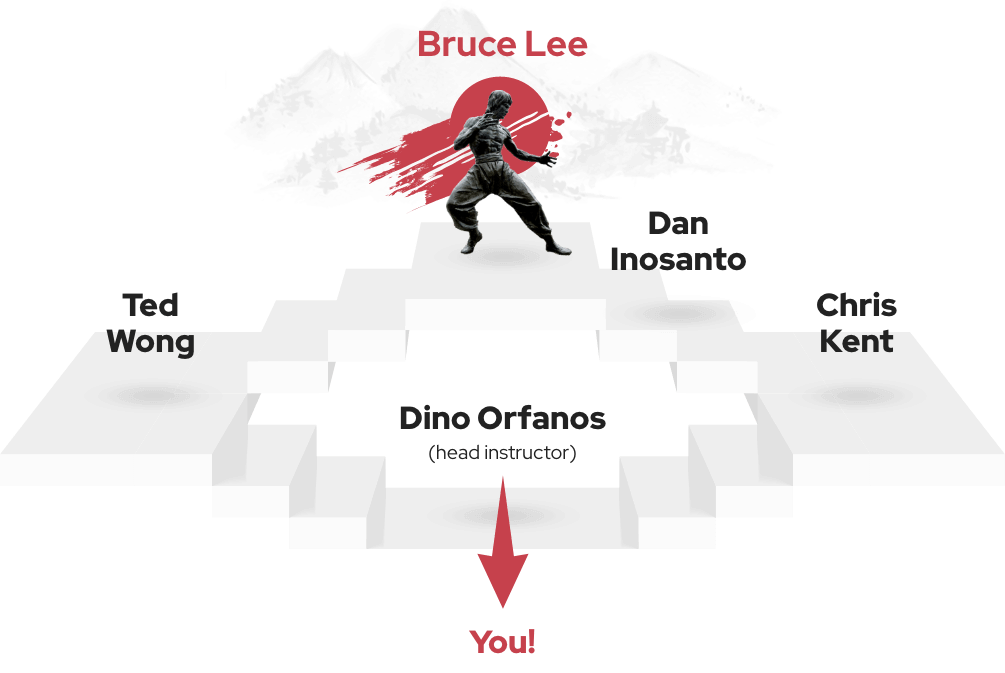“Suga” Sean O’Malley’s career has been on the rise since he first got on the UFC’s radar back in 2017 on Dana White’s Contender Series. Since then, he’s had an impressive record of 15-1 and earned a reputation for being a knockout artist, watching his opponents fall and casually walking away like it was lightwork.
When it comes to O'Malley, a lot of the time, there's talk about the kinds of opponents he agrees to fight and whether he should finally fight ranked opponents, but there really aren't enough conversations about his fluid and slick fighting style. Sean has a background in kickboxing, boxing, and Brazilian Jiu-Jitsu, but a lot of his fighting tactics would have him fit right in with Jeet Kune Do.
Here are some of Sean O’Malley’s more JKD-friendly fighting techniques-
Progressive indirect attacks
Sean plays a lot of mind games in his fights and he’s a big fan of popping a shoulder feint and continuing to move, using uppercut faints to a straight jab, and overall continually using feints to get a good read on his opponent before attacking. In some cases, his opponent will start to get used to all the feinting and not react, and that’s when Sean will make his move and attack. It definitely takes a lot of patience to play this out enough and get an opponent to let their guard down to it, but the payoff has been worth it and has been a tactic that helped Sean win his fights. A great example of this is when he knocked out Eddie Wineland using this exact tactic.
Controlling the distance and footwork
Sean has a 72-inch reach and he’s pretty tall for the bantamweight division, standing at 5’11. He definitely knows how to use his height to his advantage. You have to really appreciate the small details and nuances in his game, and similar to the mind games he plays with all of his feints, he uses his footwork in the same way by continually switching his stance from orthodox to southpaw, shifting back and forth from his left to right foot, making it hard for his opponents to catch him or properly read what he’s about to do, and using his height to keep his opponents out of reach while using his length to land hard front kicks.
Sidekicks, oblique stomps, and more mind games
The oblique stomp (or oblique kick) is an often debated tool these days on whether or not the move should remain legal in the UFC, but as of now, it’s still fair play and O’Malley likes to use this vicious kick from time to time. In this setting, fighters legally need to land it above the opponent’s knee, but even then it’s still a nasty move that can really hurt your opponent. Sean is also a big fan of the sidekick, which was actually one of Bruce Lee’s favorite kicks. Because of Sean’s length, he really has the chance to move his opponent across the octagon when he lands it. He also uses the front kick a lot as a great tactic to keep distance while still causing damage. Using these kicks along with this elusive footwork, he has a fake where he pretends to look the other way followed by landing a kick to close the distance. In one of his more recent fights at UFC 260, he had an interesting tactic where he turned his heel, faking like he was going to do a roundhouse kick, only to land a front kick, completely throwing his opponent off.
Keeping the fight off the ground
Despite having a brown belt and extensive training in Jiu-Jitsu, a fight with Sean O’Malley doesn’t go to the ground too often. While this is sometimes criticized, with his record, it’s clear he doesn’t have any trouble finishing his opponents on his feet. It’s definitely a necessary skill to know how to defend yourself both standing and grappling, but at the same time, from a self-defense standpoint, if you can avoid taking a fight to the ground, there’s less risk involved, especially in the street, when you don’t know your opponent or if they have a knife. O’Malley uses smart tactics with his feints, footwork, using distance, and his powerful striking to finish his opponents without having to use groundwork.



